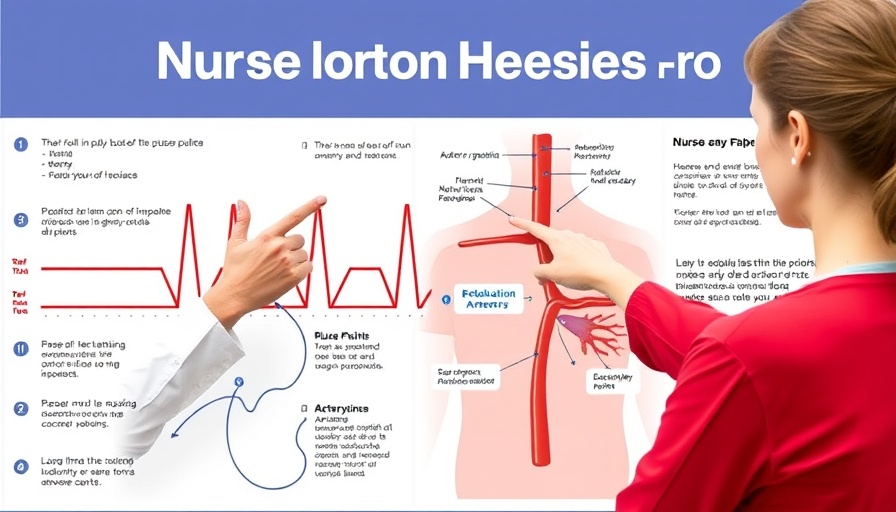
Understanding Oxazolidinones: A Lifesaving Class of Antibiotics
In the world of antibiotics, oxazolidinones, with representatives like linezolid and tedizolid, stand out for their ability to combat difficult infections caused by gram-positive bacteria such as MRSA (Methicillin-resistant Staphylococcus aureus) and VRE (Vancomycin-resistant Enterococcus). Given their unique pharmacological properties, these medications are game-changers in treating severe conditions affecting the skin, bloodstream, and lungs, including pneumonia.
In 'Oxazolidinone Pharmacology Nursing Antibiotics NCLEX Review (Metronidazole),' the discussion dives into the critical role of oxazolidinones in combating multidrug-resistant infections, exploring key insights that sparked deeper analysis on our end.
The Mechanism of Action: How Oxazolidinones Work
Oxazolidinones work by inhibiting protein synthesis, specifically targeting the 50S ribosomal subunit. This action can lead to a bacteriostatic effect, meaning they effectively halt bacteria’s ability to grow and multiply. That’s essential for treating infections in patients where traditional antibiotics might fail.
Potential Risks: Monitoring and Patient Care
While oxazolidinones provide significant benefits, they come with risks that every nurse should closely monitor. These drugs can cause myelosuppression, resulting in decreased counts of white blood cells, red blood cells, and platelets. For patients on oxazolidinones for extended periods (over two weeks), regular monitoring of complete blood counts (CBC) is critical to prevent complications. Peripheral and optic neuropathy can occur with use exceeding 28 days, necessitating diligent assessments of visual acuity and sensation in these patients.
Drug Interactions: An Important Consideration
Moreover, understanding drug interactions is crucial to effective nursing practice. Oxazolidinones can interact negatively with serotonin medications such as SSRIs, SNRIs, and MAOIs, which could lead to serotonin syndrome—a serious condition characterized by symptoms like fever, sweating, and tachycardia. This highlights the importance of consulting a patient's medication history and educating them about potential food interactions, particularly avoiding tyramine-rich foods like aged cheeses and cured meats to prevent hypertensive crises.
In summary, oxazolidinones are a vital resource in the fight against multidrug-resistant infections. They empower nurses and healthcare providers with the tools necessary to manage severe cases. It’s essential to stay informed about their benefits, potential risks, and proper patient management techniques. For nursing students and practicing nurses in Uganda and East Africa, mastering these concepts can significantly enhance patient care outcomes.
 Add
Add  Add Row
Add Row 




Write A Comment